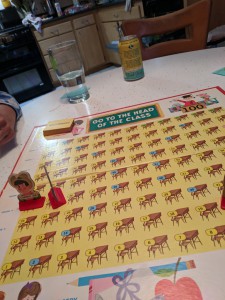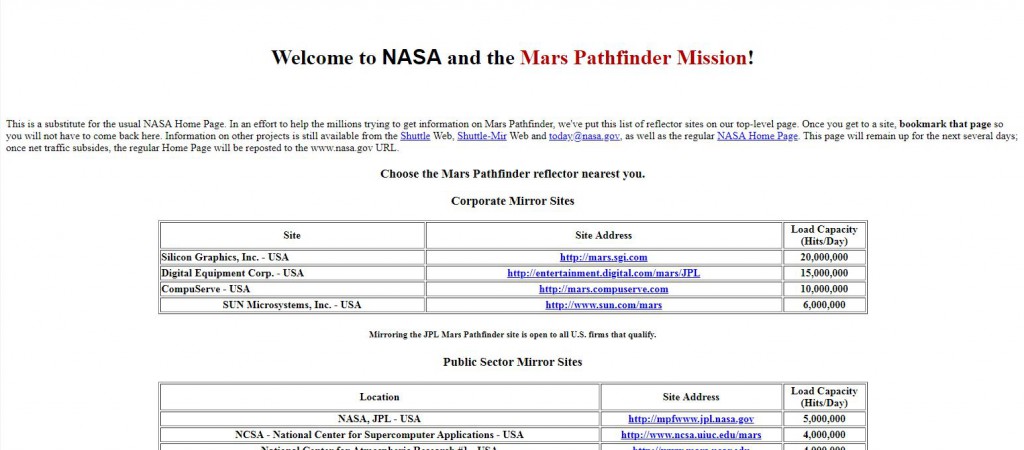I am not friends with anyone who teaches technical communication, but I do follow many academics in this field on Twitter. I was shocked when a professor in the field posted excerpts from the editorial “What Happened to Technical Communication?” from JTWC in 2017. I don’t read editorials on the state of writing because I typically find them pompous or pedantic, and this one is not only both of those, but also xenophobic. Needless to say, I was unaware of its existence when assigning the textbook co-authored by Tebeaux. I will no longer be assigning this text in any course in the future.
I won’t waste the time addressing Tebeaux’s arguments here, because nearly every paragraph contains a statement that is tone-deaf, overly-generalized, out of touch with the field, or just plain incorrect. I find her fetishization of pragmatics over theory, and her seeming assertion that one hurts the other or that they are incompatible, to be myopic. I don’t understand why, in an age of exceptional scholarship in this field, JTWC even chose to run this piece. It was a bad decision.
I take personal offense at the remark that immigrant, bi-lingual students are somehow hurting the education system in this country. It saddens me that a professor and PhD would say it, and that a journal editor would publish it. Again, bad decisions.
I have always felt that the argument “students are just dumb and lazy and their writing is getting worse every year” is a pathetic deflection of one’s own failings as an educator onto one’s students. With that in mind, I coauthored a magazine piece in 2009 called “The Decline of Writing” illustrating that no, technology doesn’t make students bad writers, and writing is not getting worse. I’m unhappy with how it was edited without my permission, otherwise I would link to it here.
Earlier this year, I decided to write my own textbook on Technical Communication, mostly because I am dissatisfied with the utilitarian, “Johnny-do’s and Johnny do-not-do’s” of existing titles. The book will focus on the history of communication, theory and practice of writing, and how technology plays a role in the writing process. It will also weave in historical context, ethics, empathy, and compassion for writers throughout all the chapters (instead of the laughable “ethics chapter” that many books contain). As of this post, I have two chapter drafts and an outline for the rest.
If you are reading this and interested in publishing, I have no arrangement with any publisher yet. If you like, this piece can serve as my proto-prospectus. Contact me via email (just google me) or via Twitter DM (@andrew0writer).
I also don’t usually publish work stuff on this blog, so sorry if you’re reading this and expecting any intelligent discourse to follow. It’s all rubbish (except for this post, I hope).




